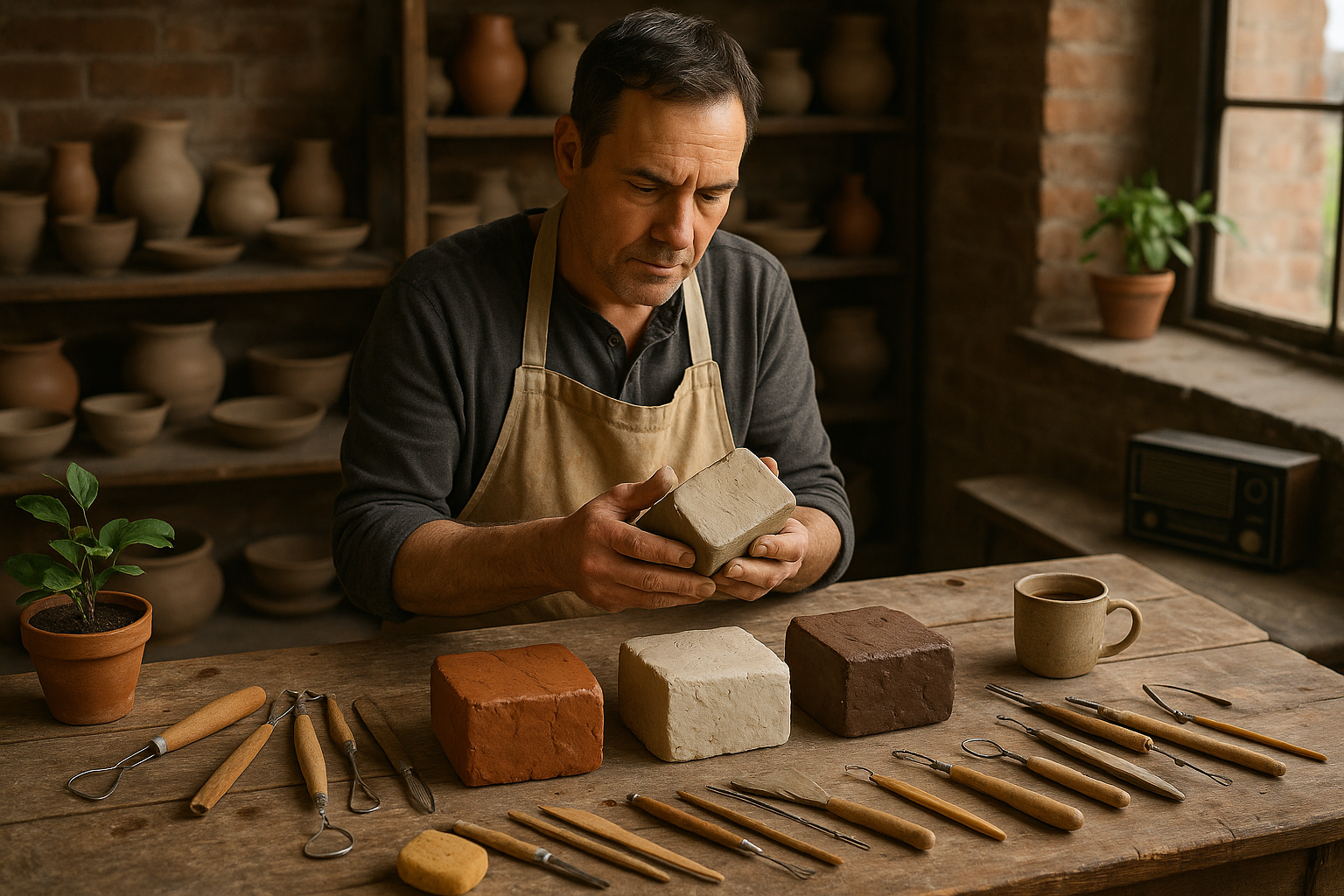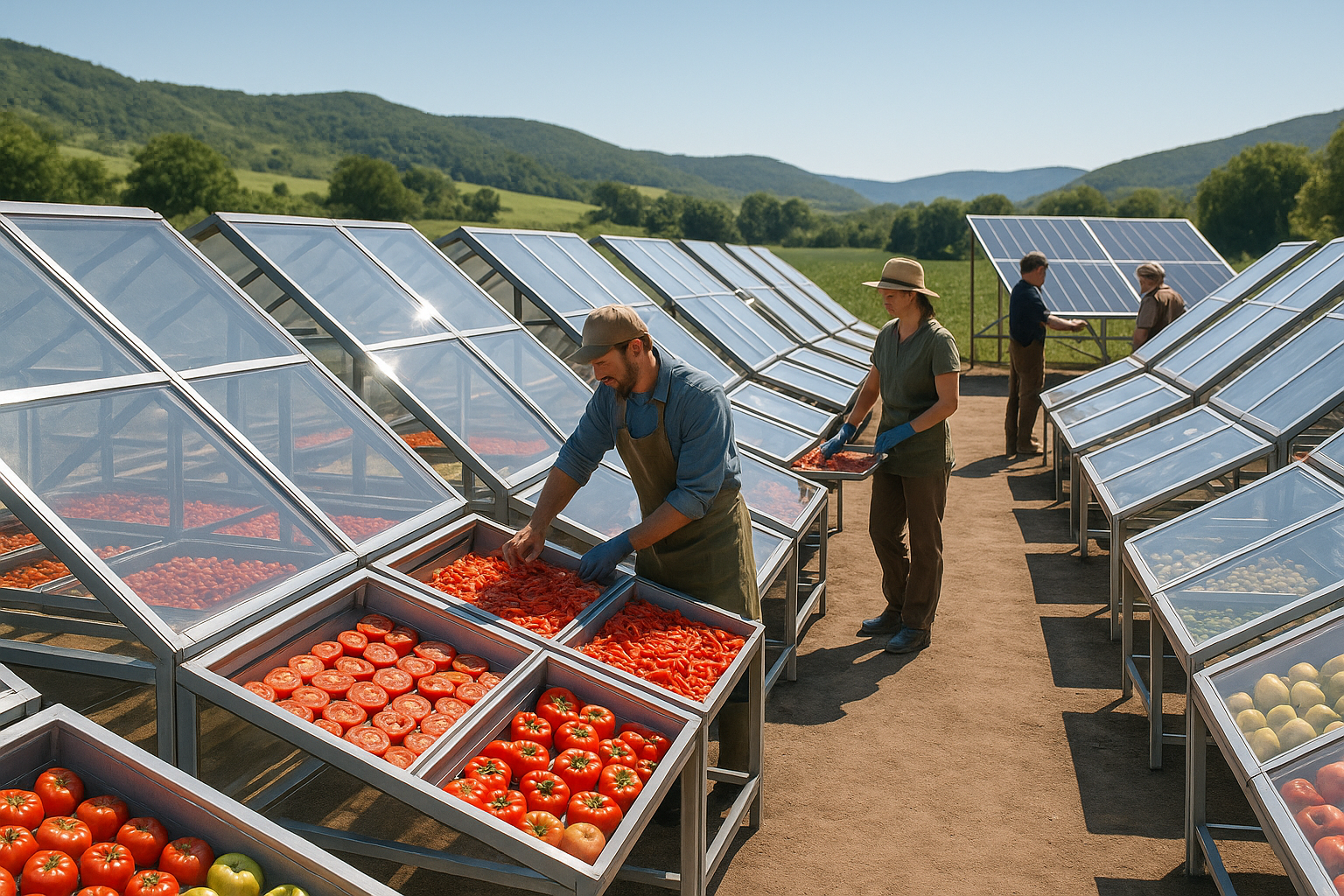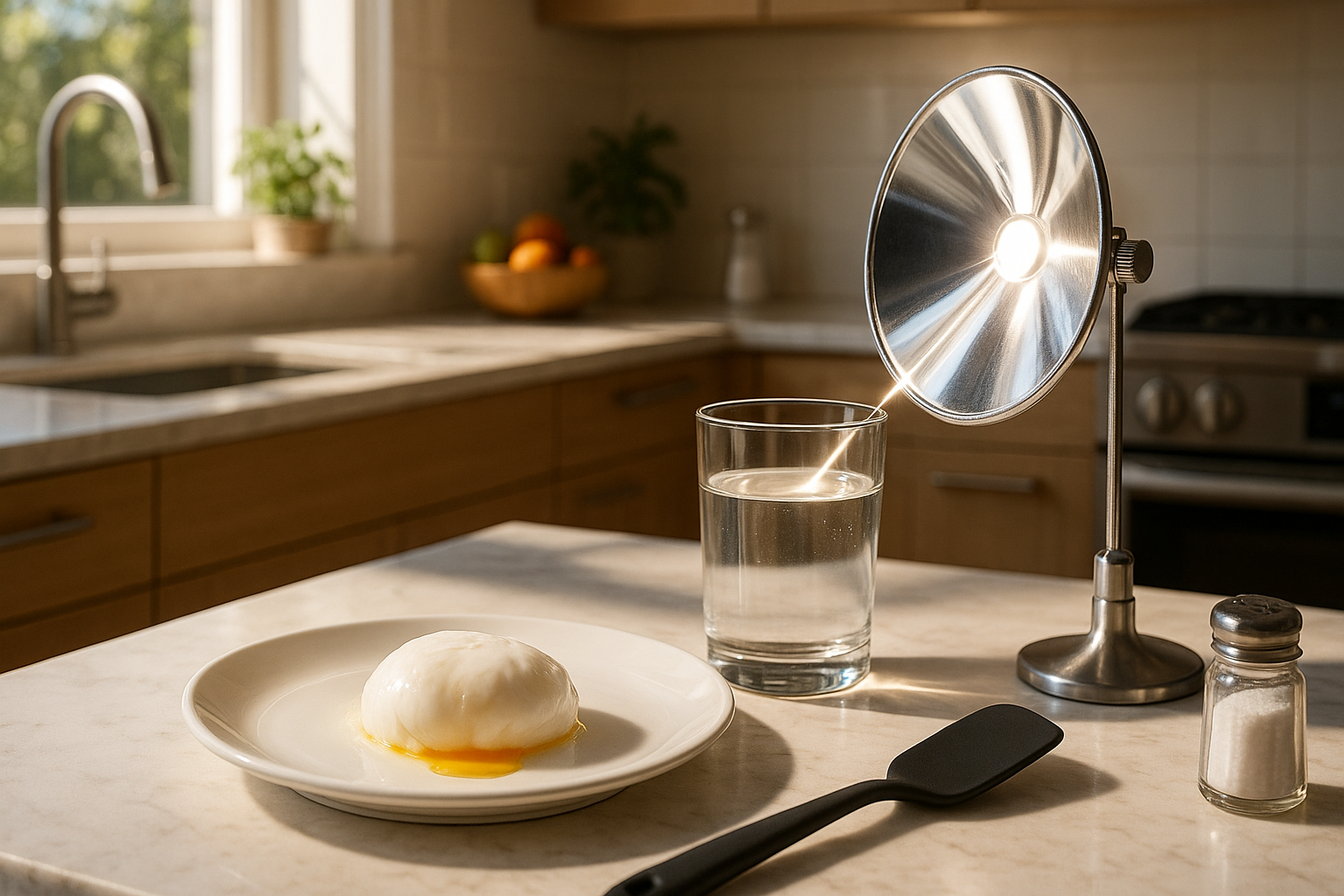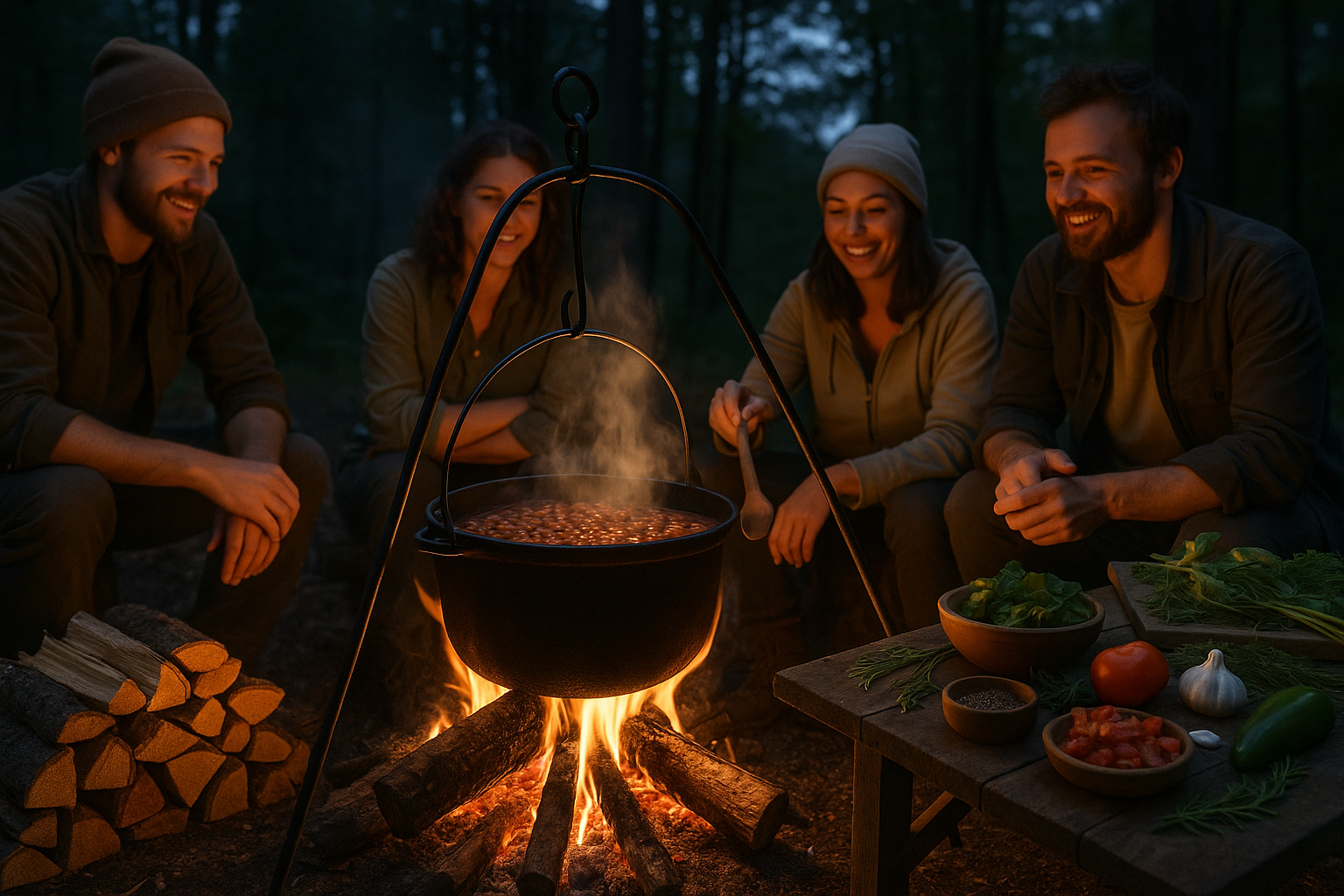In the world of pottery, the possibilities are as endless as your imagination. Whether you’re a seasoned artisan or a curious beginner, the allure of transforming a simple lump of clay into a beautiful, functional piece of art is undeniably captivating. But if you’ve ever found yourself struggling with cracking, warping, or an unpredictable glaze finish, the secret might just lie in the clay itself. Choosing the right type of clay for your creative project is not just a fundamental step—it’s the cornerstone of your pottery success. 🏺
Understanding the different types of clay available and selecting the one that aligns with your artistic vision can feel overwhelming. With terms like earthenware, stoneware, and porcelain swirling around, each offering its unique characteristics and challenges, it’s easy to see why many potters feel daunted by this crucial decision. However, unlocking the mystery of clay types can open up a new realm of possibilities, enhancing your craftsmanship and giving your projects the professional touch they deserve.
Imagine having the power to predict how your clay will behave under your hands, how it will react in the kiln, and how it will complement your chosen glazes. Imagine creating pieces that consistently meet your expectations and even surpass them. This level of control and precision begins with making an informed choice about your clay. By the end of this guide, you’ll have the confidence to select the perfect clay for any project, ensuring your pottery not only looks beautiful but stands the test of time. 🔍✨
Our journey begins by exploring the fundamental types of clay. Each type—earthenware, stoneware, and porcelain—offers distinct properties that can significantly impact the outcome of your work. Earthenware is known for its rich, rustic charm and ease of use, making it ideal for beginners. Stoneware, with its durability and versatility, is a favorite among many artisans seeking a balance between functionality and aesthetic appeal. Porcelain, often regarded as the pinnacle of clay bodies, presents a unique set of challenges but rewards with its exquisite, translucent finish.
The Intricacies of Clay Composition
Diving deeper, we’ll unravel the composition of these clay types. You’ll learn how factors like plasticity, texture, and firing temperature influence your crafting process. Grasping these intricacies not only helps in choosing the right clay but also in predicting its behavior from start to finish. We’ll discuss why some clays are more prone to shrinkage or cracking and how you can mitigate these issues through careful selection and handling. 🔬
Next, we’ll venture into the world of additives and how they can enhance or alter the properties of your chosen clay. Whether you’re looking to improve workability, increase durability, or achieve a specific aesthetic effect, understanding the role of additives can be a game-changer in your pottery practice.
Matching Clay to Your Project Needs
With a solid understanding of clay types and composition, the next step is aligning these characteristics with your project goals. Are you creating delicate dinnerware, robust garden sculptures, or intricate decorative pieces? Each project demands different qualities from your clay, and we’ll guide you through the decision-making process. You’ll learn how to weigh factors like durability, color response, and glaze compatibility to ensure your finished piece meets your artistic and functional expectations.
But what about those special projects that push the boundaries of traditional pottery? We’ll explore how to experiment with unconventional clay mixes and techniques, encouraging you to step outside your comfort zone and innovate. After all, some of the most breathtaking pottery pieces have come from breaking the mold and daring to try something new.
Practical Tips and Troubleshooting
Finally, we’ll arm you with practical tips for working with your chosen clay. From conditioning and storing your clay to understanding the nuances of firing schedules, these insights will help you avoid common pitfalls and achieve consistent results. And because every potter faces challenges, we’ll also cover troubleshooting tips to help you overcome issues like warping, cracking, and glazing defects, ensuring that your hard work results in stunning, successful projects. 💡
Choosing the right clay is an art and a science, a blend of knowledge and intuition. As you delve into this guide, you’ll discover that making an informed clay choice is not just about following a set of rules—it’s about listening to your creative instincts and understanding how to harness the unique properties of clay to bring your artistic visions to life. So, let’s embark on this enlightening journey to unlock the secret of perfect pottery, one clay type at a time.

Conclusion: Unlocking the Secrets of Perfect Pottery 🎨
As we wrap up our exploration into the fascinating world of pottery, it’s clear that choosing the right type of clay is foundational to achieving success in your creative projects. Throughout this article, we’ve delved into the distinct characteristics of various clay types, such as earthenware, stoneware, and porcelain, each offering unique benefits and challenges. Understanding these differences is crucial for both novice and experienced potters as it directly impacts the creation process and the final product.
Moreover, we’ve highlighted the importance of factors such as firing temperature, plasticity, and color, all of which play a significant role in determining the best clay for your specific project. The right clay choice can enhance your artistic expression and ensure durability and aesthetic appeal in your work.
Emphasizing the practical tips provided, such as testing different clays and considering your working environment, will undoubtedly equip you with the knowledge to make informed decisions. The journey of pottery is as much about the learning process as it is about the end result. 🌟
The importance of selecting the appropriate clay cannot be overstated. It not only influences the technical outcome but also enhances your personal satisfaction and creative growth. This knowledge empowers you to push the boundaries of your artistry and produce pieces that truly reflect your vision and skill.
We encourage you to apply what you’ve learned here in your next pottery endeavor. Experiment, create, and don’t hesitate to explore new possibilities with confidence. Share your experiences and insights with fellow enthusiasts; your journey can inspire others as well!
If this article has sparked your interest or provided valuable insights, we invite you to comment below, sharing your thoughts and experiences. 💬 Don’t forget to share this guide with your creative community to help others on their pottery journey. Together, we can continue to unlock the secrets of this timeless art form.
For further reading and exploration, check out these valuable resources:
Thank you for joining us on this pottery adventure. May your hands be steady and your creativity boundless. Happy potting! 🏺
Feel free to expand on each paragraph to reach your desired word count, and ensure the links are active and provide value to your readers.
Toni Santos is a practical visual researcher and culinary historian dedicated to the art and science of survivalist cooking. Through a hands-on and detailed lens, Toni explores traditional and improvised food preparation techniques designed for resilience in extreme and resource-scarce environments. His journey is rooted in a fascination with how humans have adapted their cooking methods to survive—and thrive—in the wild, during crises, and off the grid. From open-fire smoking to solar ovens and fermentation in makeshift containers, Toni’s work uncovers time-tested strategies that transform simple ingredients into vital nourishment. With a background in ethnography and applied survival skills, Toni documents the tools, recipes, and rituals that sustain body and spirit when convenience disappears. His research connects ancient wisdom with modern survivalist innovations, highlighting the interplay of resourcefulness, nutrition, and cultural knowledge. As the creative mind behind Vizovex, Toni shares step-by-step guides, visual tutorials, and thoughtful articles that empower readers to master cooking techniques essential for preparedness, self-reliance, and outdoor living. His work is a tribute to: The ingenuity behind emergency and off-grid cooking The cultural heritage of survival food traditions The art of transforming basic resources into life-sustaining meals Whether you’re a prepper, an outdoor enthusiast, or simply curious about food’s role in survival, Toni welcomes you to explore a world where every flame, tool, and ingredient tells a story of endurance and care.




